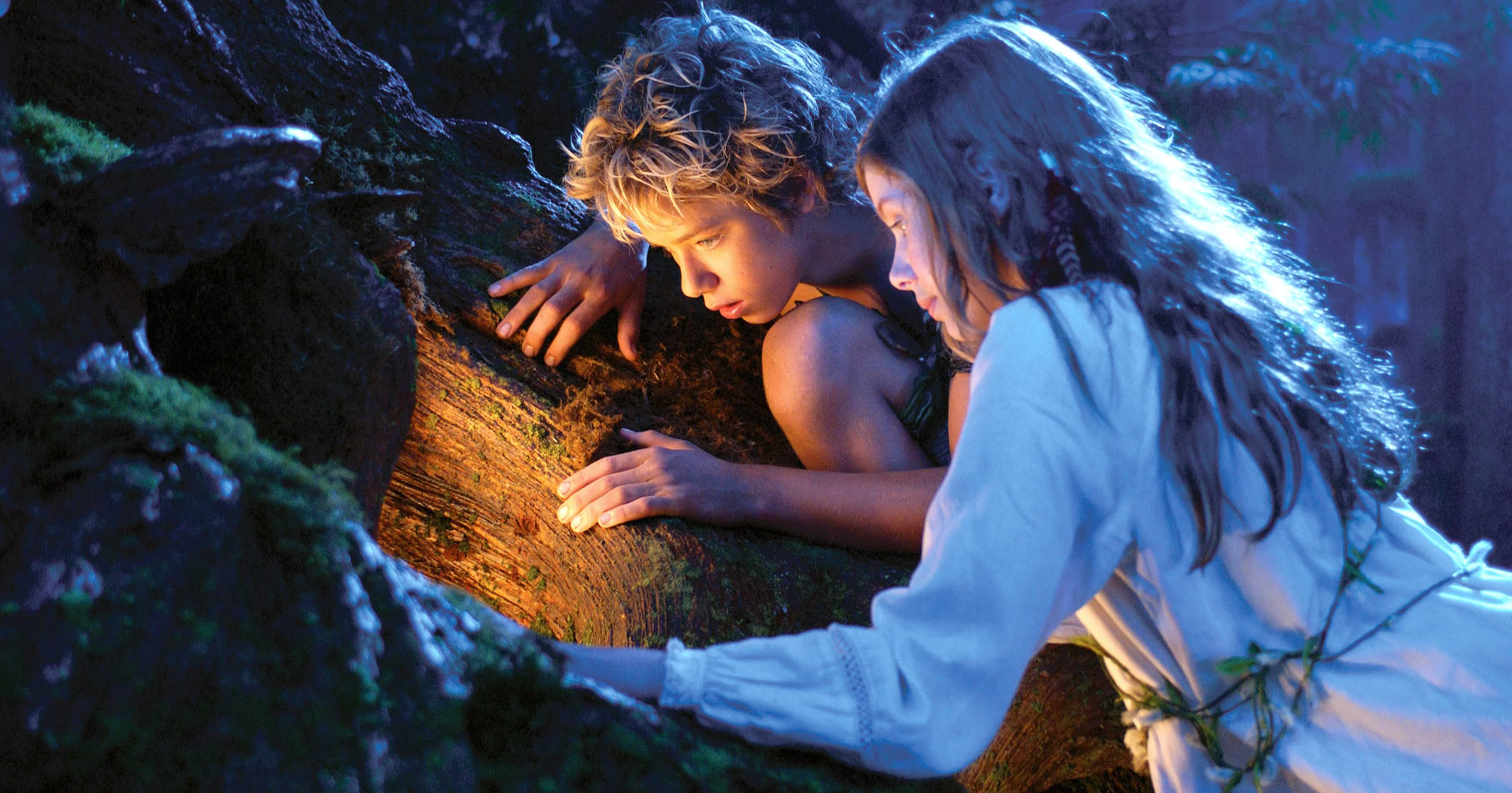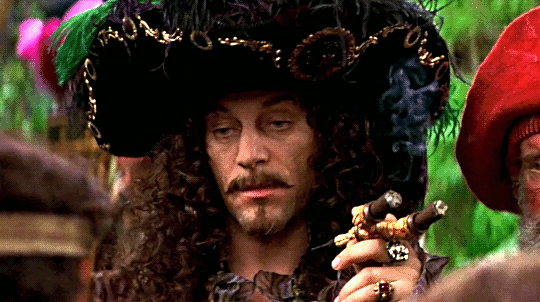Do you remember Peter Pan (2003)? I do, I do!
- Maria Isabel Nieves Bosch
- Oct 10, 2023
- 4 min read
Updated: Oct 10, 2023
The story of J. M. Barrie's Peter Pan & Wendy has been adapted many times in movies, from Walt Disney's animated picture Peter Pan (1953) and Paramount Pictures' silent film Peter Pan (1924) to live action films like Hook (1991), Peter Pan (2003), Pan (2015), Wendy (2020) and TV shows, such as Syfy's prequel Neverland (2011) and Peter Pan & Wendy (2023) on Disney +. Apart from these adaptations, a biopic titled Finding Neverland (2004) based on J. M. Barrie's life was also made depicting his inspiration for writing the beloved children's tale. Nevertheless, the character of Peter Pan first appears in an episodic narrative for adults in 1902 titled The Little White Bird. Professor Sally Bushell of Romantic and Victorian Literature at Lancaster University writes, "Peter is represented in multiple ways, with his identity morphing and changing across these works to a considerable degree." According to Bushell, the earliest portrayal describes him as a "bird-child" who flies away from home and has adventures. In later chapters of the story, named Peter Pan in Kensington Gardens, Peter returns home only to find that his mother has replaced him with another baby. Therefore, as Prof. Bushell argues, child abandonment serves as the key to why Peter Pan cannot grow up: he has no home to grow up in.

Overall, Peter Pan exists in our collective imagination as a children's fairytale about a boy who brings Wendy and her brothers to Neverland, for her to tell stories and to be a mother to the Lost Boys. The focus of this article rests on the first live-action, non-silent movie Peter Pan (2003) directed by P.J. Hogan. (The movie Hook (1991), although it deserves admiration for its fun and unique characters, it is not the story of Peter Pan and Wendy, rather a spin-off about Peter Pan if he had grown up. ) In Hogan's Peter Pan, the cinematographer, Donald McAlpine, uses vivid colors through lighting that contrast the blue of night and the glow of fairies, enhancing the magic of Neverland; and the alluring film score immerses viewers in the fairytale adaptation.

This live-action rendition also maintains some of the same theatrical elements of the original play published in 1920's. For example, the actor playing Captain Hook also plays Mr. Darling, Wendy's father, drawing a clear parallel between strict adults in the real world and villainous adults in Neverland. Another example is when Wendy sews Peter Pan's shadow onto his feet, an act that can be well within the imaginary realm on-stage yet is quite unusual on a live-action movie. In addition, the 2003 movie also includes a narrator, whose voice carries a warm female tone, like that of a mother telling a bedtime story. Nonetheless, all of these elements enhance the spirit of the original story and also manage to engage grown-ups in the audience when depicting the dark themes as well as the details that some kids might miss.
However, while Wendy remembers the love of her parents and acts on her emotions towards Peter Pan, he rejects ideas of real affection because he does not understand them. The story from the beginning exposes that Peter Pan does not even know what a kiss is.
The co-writers P.J. Hogan and Michael Goldenberg focus on the main character of the story, a boy who does not want to grow up and the nuances about love being an emotion of a grown-up. As the movie unfolds, Peter Pan tells Wendy, "It's only make believe, isn't it? That you and I are..." This implication captures Peter's inability to confront his own emotions towards Wendy, therefore, he clarifies to her that he is pretending to be the "father" of the Lost Boys while she is acting the role of the "mother". The fantasy they create to play the role of parents also underlines the desire of children to be cared for and their escape from abandonment to a never-ending childhood. However, while Wendy remembers the love of her parents and acts on her emotions towards Peter Pan, he rejects ideas of real affection because he does not understand them. The story from the beginning exposes that Peter Pan does not even know what a kiss is nor love, as an extension. Although this scene is meant to be comical and innocent, the movie keeps the original dark themes, which provide depth to the protagonist while drawing older viewers in the movie. Similarly, Captain James Hook, played remarkably by Jason Isaacs, also confesses his own sad reality regarding a lack of love and loneliness, which the children in the end use to defeat him as they chant: "old , alone, done for. " Repetition manifests the power in collectivity, especially after the death of Tinkerbell, when Peter Pan starts to chant "I do believe in fairies, I do, I do." These resounding and hypnotic words reach beyond Neverland and people back in London repeat them out loud. The collective force brings back the fairy, proving that to believe is also to live.





Bình luận